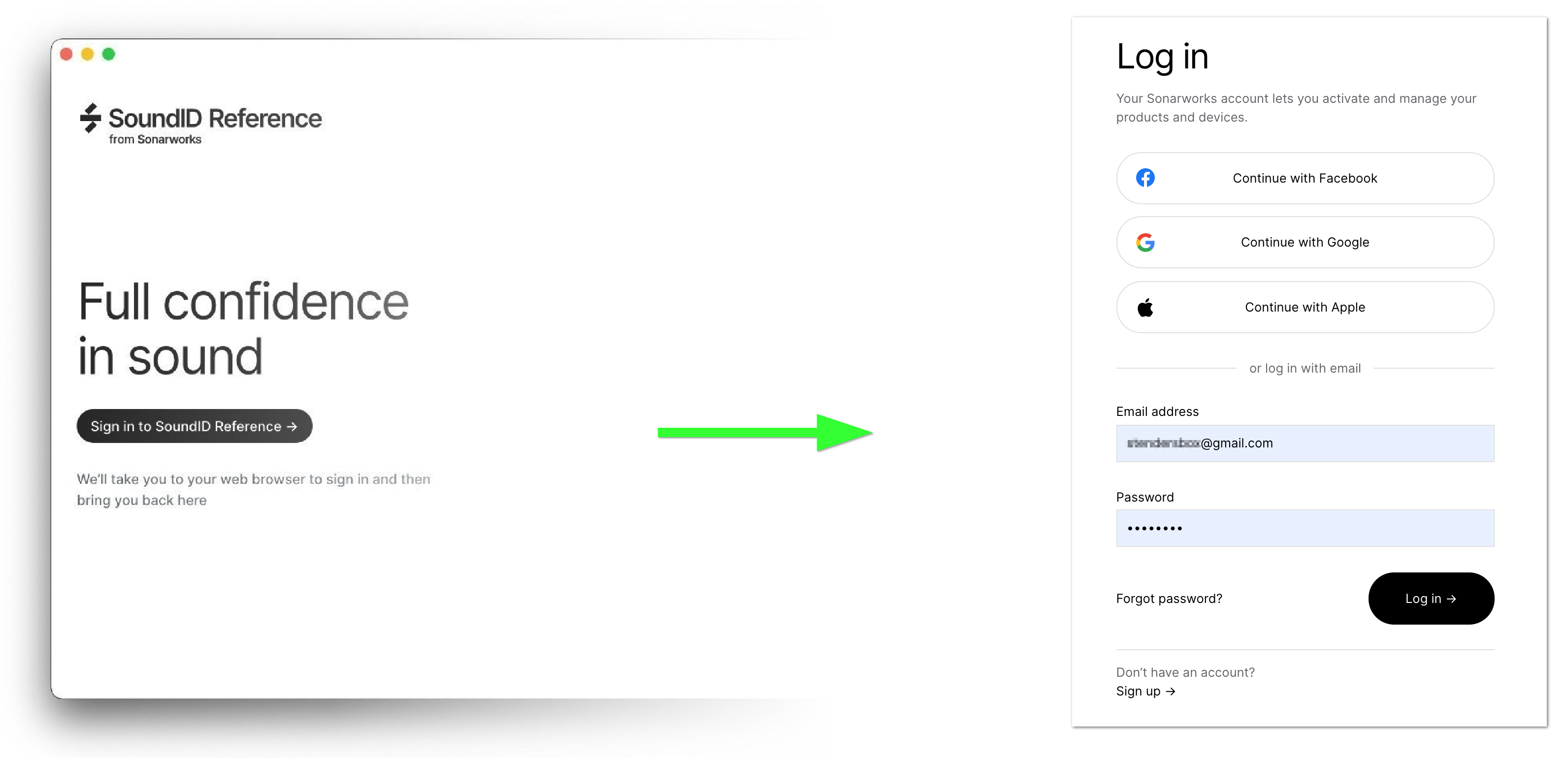

Listen closely to each take and identify the best parts of each performance. Don’t leave it up to the mixer to determine if the second verse was better on take five or take seven. It’s important to make all of your final edit decisions before sending your session off to a mixing engineer. Other mixers may have an instruction sheet that they can send you that outlines their expectations.
HOW TO ACTIVATE SONARWORKS TRIAL HOW TO
That gives them a good idea of how to deliver files to me. I often send a few screenshots of mixing sessions to new clients so that they can see how I like to organize and label my sessions.

It’s awkward to deal with filenames like “MySong_Drms_kick01_wildkick.wav” Instead, just name the file “Kick_01.” All your audio files are in the same project folder already, right? Instead, clearly label your tracks with something that makes sense like Kick, Sn_verse_, Ld Vocal, Harm Voc_1, etc… You also don’t need to put the name of the song in the track name. Most DAWs automatically name tracks with conventions like Audio_01, while most engineers rename tracks something like snrtopsm57-neither of which are particularly helpful for a mixing engineer trying to navigate a session. I use project titles like SongName_110bpm_JohnSmith. Your session file name should have the song name, tempo, and client or artist name. If this is the case, you may also include an unprocessed version of certain tracks, like a tuned vocal, so that the mixer has the option of recreating your processing in a more effective way. Some mixers prefer consolidated tracks with plugins applied to the audio files.

Many mixers prefer to have your plugins running live vs. This creates a text file of all the plugins used in your session.
HOW TO ACTIVATE SONARWORKS TRIAL PRO
In Pro Tools, you can export a list of plugins that you are using in your song by using the Export Session as Text command including only the list of plugins. If your mixer can accept your DAW format, you should also ask about consolidating track vs leaving regions in place and also ask about any plugins you may be using.

This ensures that any samples or audio elements that are not in your project folder get copied and included with the Logic session you deliver to the mixer. Logic Pro’s “Save a Copy As…” command will allow you to rename your project and include the audio that is specific to your song. Similar methods apply for every other DAW so do your research or ask the mixer how to complete this step. This procedure will create a new folder with the session file and the audio files folder. In Pro Tools, for example, you would choose Save Session Copy… then also check the box that says to include all audio files. If your mixer can accept your DAW session format, save a copy of your session and make sure it includes all the audio files that belong in your session. That way, every audio file will line up at the top of the song in any DAW. wav file that starts at bar 1 and ends after the last note on the track. The safest way to transfer files to a mixer is to consolidate every track in your session into one, solid. For example, most mixers will accept Logic or Pro Tools sessions and many will accept Ableton or Cubase projects. Find out if the mixer can accept your session in the format that you have been working. The first step in preparing your session is to organize your files. Or you may be nervous that the mixer will change something that you love about your mix! Get Organized You may be nervous that you’ll mess something up or come off as an amateur. As a producer, beatmaker, or songwriter, it can be intimidating to send a song to a mixing engineer-especially if you’ve never done it before.


 0 kommentar(er)
0 kommentar(er)
